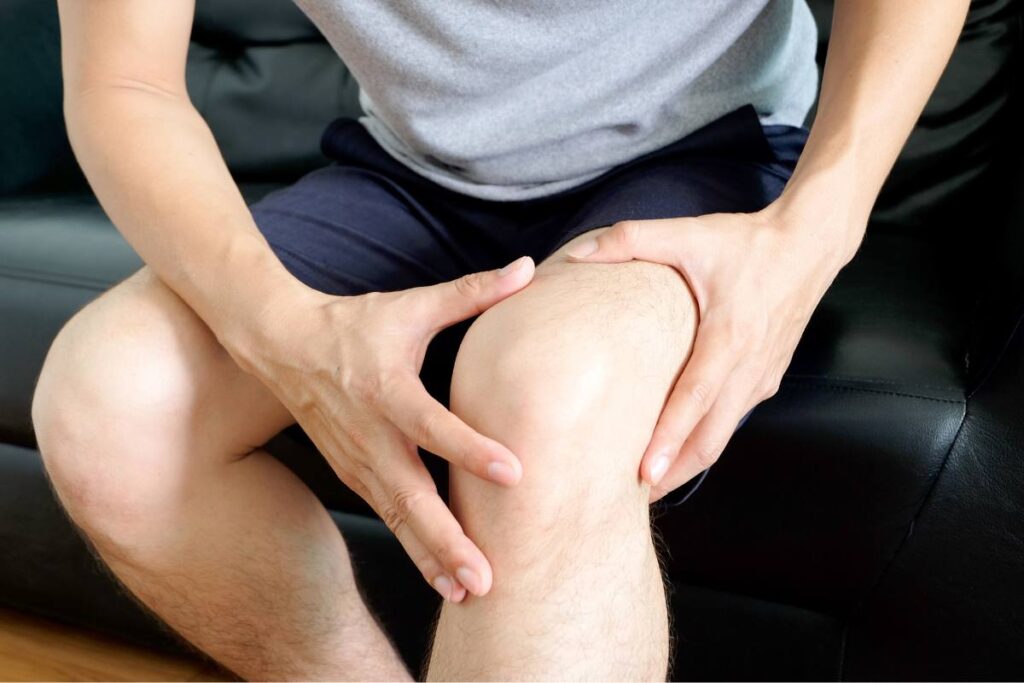How SARMs Can Potentially Combat Muscle Fatigue Experienced While Motorcycle Riding

Motorcycle riding is an exhilarating and demanding activity that requires not only skillful control of the bike but also physical endurance. The constant engagement of muscles to maintain balance, navigate turns, and respond to varying terrains can lead to muscle fatigue, impacting both safety and riding performance. This is where Selective Androgen Receptor Modulators (sarms) has emerged as a potential solution to alleviate muscle fatigue and enhance the overall riding experience for enthusiasts.
Understanding Muscle Fatigue in Motorcycle Riding
Motorcycle riding places significant demands on various muscle groups, particularly those in the lower body, including the quadriceps, hamstrings, and calf muscles.
Prolonged rides can result in muscle fatigue, leading to reduced control, slower reaction times, and compromised stability. Moreover, factors such as vibrations from the road, prolonged sitting posture, and repetitive muscle contractions contribute to this fatigue.
The Role of SARMs
SARMs are a class of compounds that selectively bind to androgen receptors in the body, influencing muscle growth, bone density, and fat loss.
Unlike traditional anabolic steroids, SARMs exhibit a more targeted approach, primarily affecting skeletal muscle without the undesirable side effects associated with steroids.
While they are not approved for human consumption by regulatory bodies like the FDA, they have gained attention for their potential in various applications, including muscle wasting disorders, osteoporosis, and athletic performance enhancement.
SARMs and Muscle Fatigue

Research suggests that certain SARMs can influence muscle endurance and recovery, which are critical factors in combating muscle fatigue during motorcycle riding. The following mechanisms showcase how SARMs could potentially help riders:
Muscle Protein Synthesis
SARMs have demonstrated the ability to enhance muscle protein synthesis, the process through which muscle tissues repair and grow. This can potentially expedite recovery times after intense rides, minimizing the accumulation of muscle fatigue.
Mitochondrial Function
Some SARMs have shown promise in enhancing mitochondrial function within muscle cells.
Improved mitochondrial activity translates to increased energy production, which can prolong muscle endurance during long rides.
Bone Density and Joint Support
SARMs can aid in maintaining bone density and joint health, crucial for motorcycle riders who require robust skeletal structures for stability. Strong bones and healthy joints contribute to reduced overall fatigue.
Fat Loss
SARMs have the potential to promote fat loss while preserving lean muscle mass. Lower body fat levels not only improve overall performance but also reduce the metabolic load on muscles which can delay the onset of fatigue.
Conclusion
Motorcycle riding demands physical endurance and muscle control, both of which can be compromised by muscle fatigue.
While the potential benefits of SARMs in combating muscle fatigue are promising, riders must still exercise caution. If you’re a rider, you should prioritize proper riding techniques, regular exercise, and adequate rest to enjoy safe and exhilarating rides.
As research into SARMs continues, the future might hold innovative solutions to enhance motorcycle riding experiences while maintaining your well-being as a rider.

